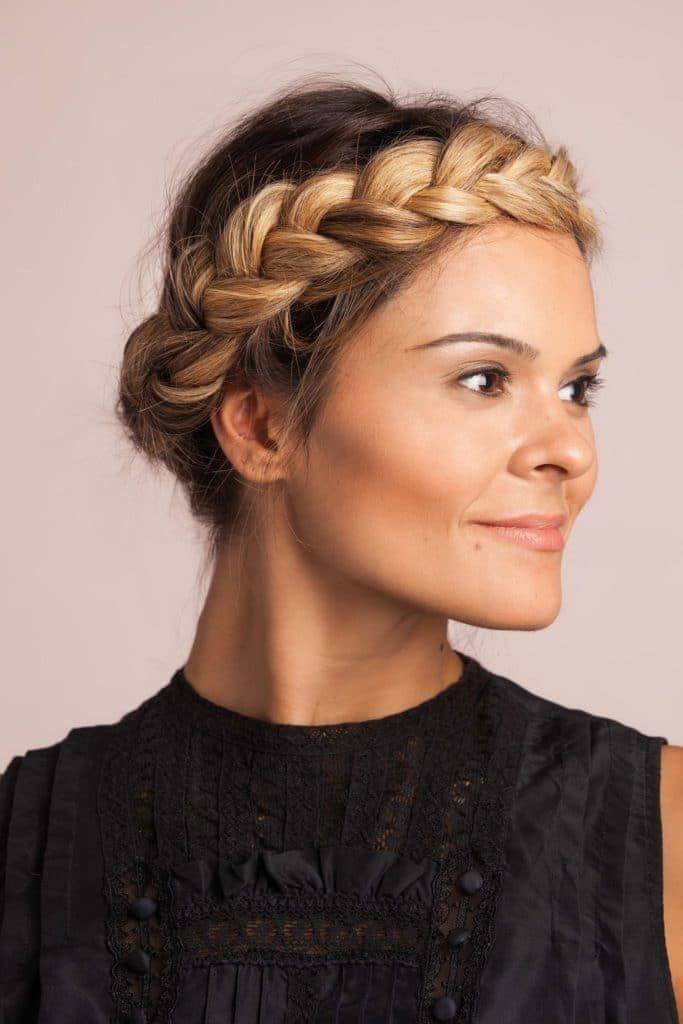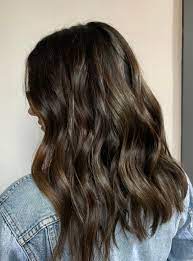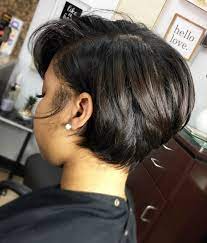
Medieval and Renaissance societies revered long locks as a sign of wealth and status. Those without long hair used braided hair pieces to emulate this look. Middle-aged women used a band of linen called a barbette to secure their hair in place. Noble women paired this accessory with light veiling, while others wore it alone.
Romantic Braids
This romantic hairstyle is ideal for brides or brunch gatherings. Start with a full head of curls and create a ponytail using a clear elastic. The association of braided hair with wealth, elegance, and femininity across cultures, including Africa. Braids also served as a means of communication during colonization and slavery. Passion twists are an easy-to-install braid that can be an alternative to cornrows. They require less maintenance and can last several days with proper care. For added drama, add flowers or pins.
Braided Headbands
Instead of the usual floral crowns, stand out at music festivals with braided headbands. This style features two small and large braids intertwined together at the front of your head. It is simple and elegant, and it works well with any outfit. Perfect if you need more hair to braid a regular headband or more confidence doing it yourself. Part your hair in the middle and braid from one side towards the back of your head, securing it as you go.
Crown Braids
Crown braids are renowned medieval hairstyles that suit both long and short hair. They emerged during Medieval times as a symbol of respectability for women who couldn’t afford to wear loose hair. Today, crown braids have become a fashionable and elegant statement for everyday looks and special events. Create a classic crown braid by starting with a side parting and dividing your hair into three sections. Braid the left side first, then cross over the two remaining strands under the center section. Braid until you reach your ear and tie off with a hair tie. Add accessories like flowers or bows for extra flair, and use hairspray for maximum hold.
Bangs
Bangs have a long history, with origins in Medieval Spain and popularization by an Iraqi Renaissance man named Ziryab. They went to Ancient Egypt, where they could be found on natural hair and elaborately decorated wigs. Today, a complete, eye-grazing fringe is the most recognizable style. Achieve this look by using creaseless clips and hairspray. For a subtler approach, gather all your bangs into one section and twist back towards the center of your face, pinning close to your ears.

